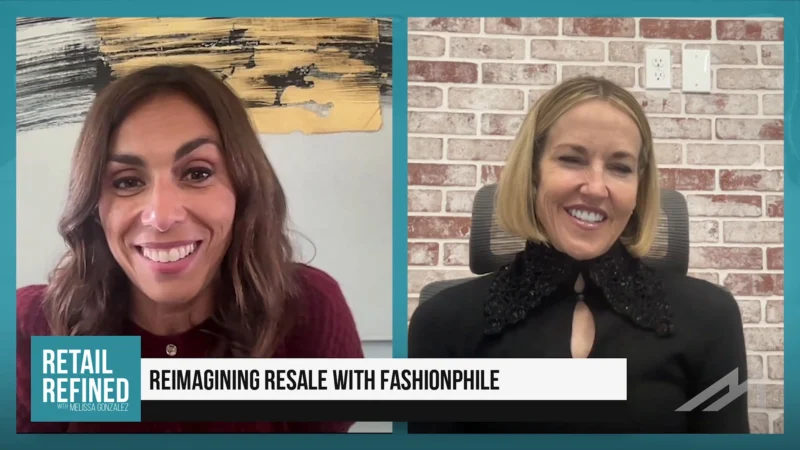The Mobile Payment Movement Gets A Boost With Cardless ATMs
As with any part of modern life, technology keeps offering convenience. Now, people can visit ATM’s without a debit card in hand and still manage to withdraw cash. ATMs are now recognizing mobile wallets on customers’ phones. By adding a debit card to a mobile wallet—Apple Pay, Google Pay or Samsung Pay—anyone can use a smartphone as a way to access his or her account.
Banks like Chase and Wells Fargo have recently put these ATMs into action. Chase announced the service would be available nationwide at 15,000 ATMs.[1]
ATMs have become an integral part of everyday life since they were first invented in 1967 as a means to dispense dollar bills. The success and scalability of the ATM were not known until the 1980s. Technology improved but most banks only had ATMs at their physical location. It was not until the late 1990s that ATMs were suddenly on street corners across the world.
Now, ATMs allow people to do most anything needed relating to withdrawals and deposits. It cannot completely replace the need to come inside the bank, but should people need one on the go, all they will now need is a smartphone.
Consumer Demand for Convenience Drives Cardless Capability
Cardless ATMs make banks that go mobile more convenient and modern in the eyes of their customers. Banks think of themselves as technology companies as much as they do financial entities in the digital age. Any time a bank can add a new capability that makes the customer experience smoother or more efficient it will. In the long run, having to produce fewer cards for customers is a cost savings, as well.
Security Concerns of Cardless ATMs
Will banks need to convince their customers that this is a safe and secure interaction? Yes, if the bank wants there to be a larger adoption. This starts with assurances in the messaging and transparency on how secure the process is. Consumers will need to be reminded to keep their digital wallets up-to-date, as that can be a vulnerability.
Consumers long for convenience, as they now can get many things with a few clicks—money is really no different. While the demand for convenience is high, these customers still need reassurances that it is a safe activity. How well banks do at communicating and living up to it will be a factor that decides further adoption.
[1] https://media.chase.com/news/chase-expands-cardless-access-atms








